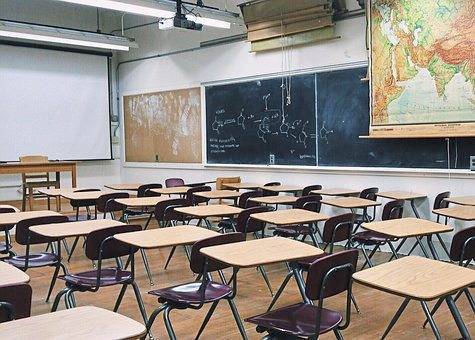https://naviga.triblive.com/opinion/colin-mcnickle-attendance-matters-to-students-schools/
Colin McNickle: Attendance matters to students, schools

The nexus between school attendance and academic performance is well established. In general, the better a student’s attendance is, the better that student’s academic results. And, of course, the better the respective school’s attendance rate and academic results.
But an updated analysis of Pittsburgh Public Schools by a scholar at the Allegheny Institute for Public Policy shows the district lost ground on these metrics between the 2012-13 and 2017-18 school years.
“Overall, during the five-year period there was attendance improvement in a small fraction of schools — nine of 50 — but 28 of 50 posted attendance rate declines while 13 held fairly close to the 2012-13 level,” says Jake Haulk, president emeritus and a senior adviser.
The attendance rate essentially is the percentage of days attended out of total school days if no days were missed. As an example, if a school has 100 students, there are 18,000 possible student days, based on a 180-day school calendar. If the students at the school missed a combined 1,000 days (10 days average per student), the attendance rate is 17,000 divided by 18,000 or 94.4%.
Haulk examined 50 Pittsburgh Public Schools (K-12, with five not included because of special factors and one that had no 2012-13 data).
Broken down by group, among the 21 K-5 schools, 12 saw attendance declines over the five years, one saw an increase and eight were relatively static for an average attendance rate of 93.5% or 12 absences per student per year.
At the same time, the average number of K-5 students scoring proficient or higher in English in 2017-18 was 47% (based on PSSA scores) with six schools scoring slightly above the state average of 63%.
Pittsburgh’s public schools averaged 34.9% proficiency in math with six above the state average of 45%. Six were under 20% while four were under 15.5%. (Do note the averages were held down because of exceptionally poor scores in the very large Philadelphia public schools.)
In the K-8 group, nine schools recorded lower attendance rates, four remained close to 2012-13 while no school posted an improved rate. The average for the 13 schools fell from 93.9% to 92.6%.
But only 44.7% and 27.7% scored proficient or advanced in English and math, respectively. Only three K-8 schools were at or above the state average for those subjects. Six K-8 schools had math and English scores far below statewide averages.
While seven schools in the grades 6-8 grouping fared best in attendance rate changes from 2012-13 to 2017-18 — four improved and three fell — test results were very weak. No school reached the state average in math or English.
“Five of the schools had proficient scorers of fewer than 20% with the highest of the seven schools reaching only 31.4%,” Haulk says.
Of the five schools making up the 6-12 group, two schools showed attendance improvement, two experienced declines and one held steady. And what a study in contrasts.
In the final grouping — encompassing four traditional 9-12 high schools — attendance was split with the average 2017-18 attendance rising to 86.3 from the 2012-13 average of 85.6. But that still means average per-student absences of 26 days.
“It is clear that the attendance rate at many schools that are 93% or below is still a significant problem,” Haulk concludes.
Copyright ©2025— Trib Total Media, LLC (TribLIVE.com)
